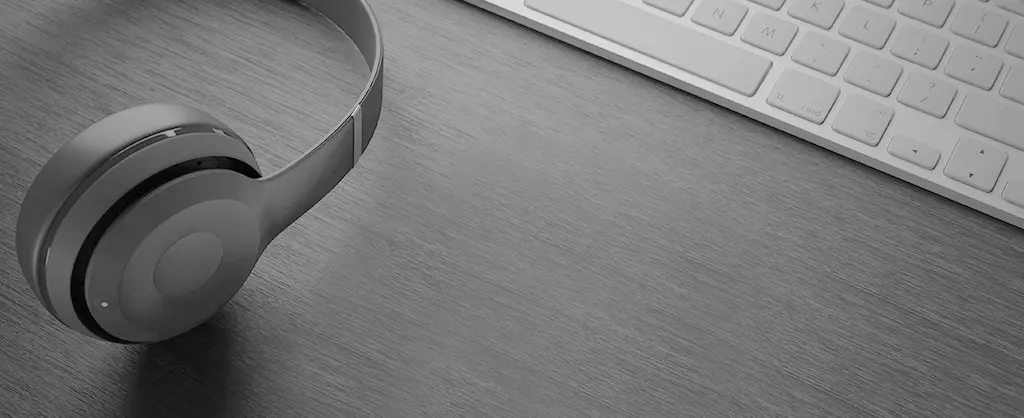The history of audio technology is marked by milestones that have redefined how we experience music and sound. Among these milestones, the development of wireless Bluetooth speakers stands out as a revolution in portable audio. In this article, we will trace the evolution of wireless Bluetooth speakers, from their humble beginnings to the cutting-edge products and technologies available today.
The Birth of Wireless Sound
Before the advent of wireless Bluetooth speakers, portable audio solutions were primarily tethered to cords and cables, limiting their mobility and convenience. The demand for wireless audio solutions led to the birth of Bluetooth technology in the early 1990s. Originally conceived as a wireless replacement for RS-232 data cables, Bluetooth soon found its way into audio applications.
The first wireless Bluetooth speakers emerged in the early 2000s, offering a glimpse of the wireless sound freedom that would become mainstream. These early models were rudimentary, with limited range and audio quality. However, they laid the groundwork for the innovation that was yet to come.
Advancements in Bluetooth Technology
*Bluetooth technology has evolved significantly over the years, enabling the development of increasingly sophisticated wireless speakers. Here are some key advancements in Bluetooth technology that have shaped the wireless speaker market:
*Bluetooth 2.0 with Enhanced Data Rate (EDR): This version of Bluetooth, introduced in 2004, brought improvements in data transfer rates and audio quality, making it more suitable for audio streaming.
*Bluetooth 3.0: The addition of High-Speed mode in Bluetooth 3.0 further improved data transfer capabilities, enhancing the wireless audio experience.
*Bluetooth 4.0 (Bluetooth Low Energy - BLE): Bluetooth 4.0, introduced in 2010, marked a significant milestone for wireless speakers. BLE technology allowed for longer battery life, efficient connections, and better compatibility with mobile devices. This version of Bluetooth played a pivotal role in the proliferation of wireless speakers.
*Bluetooth 5.0: Introduced in 2016, Bluetooth 5.0 offered faster data transfer speeds, longer range, and improved coexistence with other wireless devices. These enhancements paved the way for more versatile and reliable wireless speakers.
The Rise of Portable Bluetooth Speakers
The early 2010s saw the emergence of portable Bluetooth speakers that combined portability, convenience, and impressive sound quality. Companies like Bose, JBL, and Ultimate Ears led the charge in creating compact, battery-powered Bluetooth speakers that could deliver a punchy audio experience on the go.
One notable innovation during this period was the introduction of rugged and waterproof Bluetooth speakers, ideal for outdoor adventures and poolside parties. These speakers could withstand dust, water, and rough handling while maintaining excellent sound quality.
Latest Technologies and Products
As of my last knowledge update in September 2021, the wireless Bluetooth speaker market continued to evolve with cutting-edge technologies and products. Please note that the industry is dynamic, and new developments may have emerged since then. Here are some trends and technologies that were shaping the market at that time:
*Voice Assistants: Many wireless speakers integrated voice assistant compatibility, such as Amazon Alexa and Google Assistant. This allowed users to control smart home devices, play music, and access information using voice commands.
*Multi-Room Audio: Some brands offered multi-room audio systems, enabling users to sync multiple speakers throughout their home for a seamless and immersive listening experience.
*Sound Quality Improvements: Manufacturers continued to enhance sound quality through advanced audio processing, improved drivers, and better acoustics. High-resolution audio support became increasingly common, appealing to audiophiles.
*Battery Life: Battery technology continued to advance, leading to longer playtime on a single charge. Some speakers also featured fast charging capabilities for quick top-ups.
*Connectivity Options: Wireless speakers became more versatile, offering various connectivity options, including Bluetooth, Wi-Fi, and NFC. This allowed users to connect and stream audio from multiple sources with ease.
*Integration with Smart Homes: Many wireless speakers were designed to work seamlessly with smart home ecosystems, offering control over lighting, thermostats, and more.
*Sustainability: Some manufacturers started focusing on sustainable materials and eco-friendly packaging to reduce their environmental footprint.
*Customization: Several brands allowed users to customize the appearance of their speakers through interchangeable grilles and covers, providing a personalized touch.
In conclusion, the development history of wireless Bluetooth speakers has been a journey of innovation and progress, transfor.


